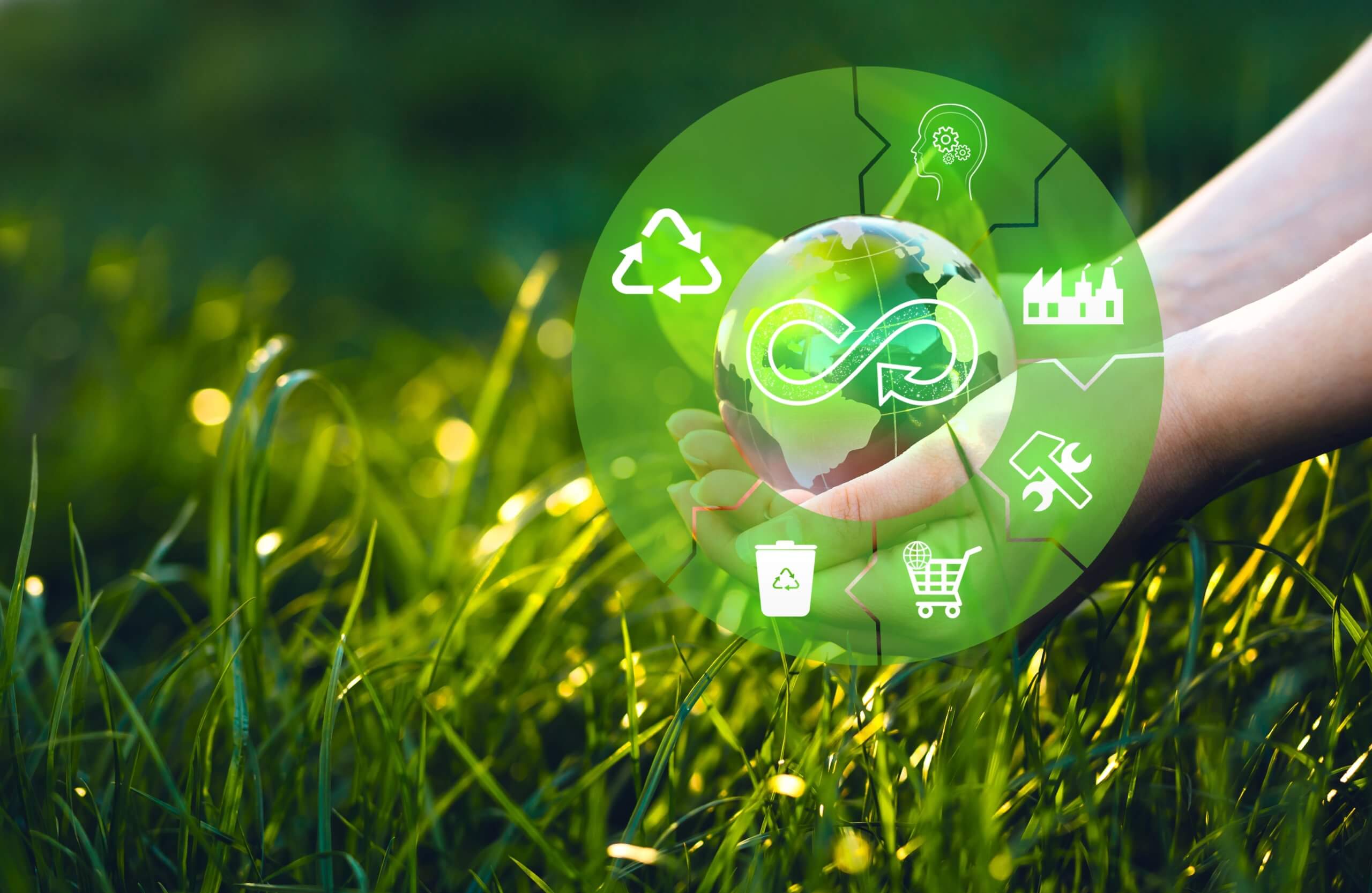
Product circularity—designing products with the ability to be reused or recycled at the end of their lives—is a critical part of keeping plastics out of the environment and in the economy. But crafting a more circular global economy isn’t an easy task, and it’s one that requires the buy-in of all stakeholders. While the plastics industry is already making improvements to ensure that products are more easily recycled and recovered, these efforts must be complemented by well-implemented governmental policies. As numerous legislative actions and regulatory efforts aimed at increasing plastics’ circularity are slated to take effect over the coming months, determining which are effective is as important as it is complicated. Here’s a review of the good, the bad and the ugly on recently implemented or soon-to-take-effect circular policies to understand what makes a plastics commitment successful and impactful.
United States House of Representatives H.R. 5115, Realizing the Economic Opportunities and Values of Expanding Recycling (RECOVER) Act, is a bipartisan example of meaningful, effective circular policy. The bill employs public-private partnerships and a $500 million grant program to encourage state and local governments to invest in recycling programs and clean technology. Improving and increasing recycling infrastructure ensures that more consumers have access to appropriate disposal streams, and that those streams direct plastic waste to recycling centers where it can be properly processed into new recycled goods, fulfilling a circular lifecycle. Industry groups applaud the commonsense bill for acknowledging the crucial role recycling infrastructure plays in a circular economy and taking concrete action to address current gaps. Widespread, effective recycling infrastructure ensures that plastics are used (and reused) to their full potential as recoverable goods in a circular economy, and this legislation is a fantastic example of how to create it.
Beginning April 1, 2022, the United Kingdom (U.K.) will tax plastic packaging manufactured in or imported to the U.K. made with less than 30% recycled plastic. The tax is supposed to “stimulate” increased plastic waste collection and recycling, but the fees collected are not being reinvested into improving waste collection or recycling infrastructure. Ultimately, this tax targets plastics that are introduced to the economy—the start of a circular lifecycle—but does nothing to complete the circle by ensuring products are collected properly for reuse. While over 65% of packaging waste in the U.K. was either recycled or recovered in 2019 and 2020, showing that they have effective collection programs, the nation’s recycling infrastructure is overloaded following China’s 2018 ban on plastics imports. The nation lacks the capacity to effectively recycle all their plastic waste, and this new tax does nothing to improve recycling centers and system processing capabilities to address that issue—instead it promotes the use of recycled plastic packaging. Obviously, recycled plastic has a role to play alongside virgin plastic in a circular economy, but the U.K. bill fails to support full circularity by expanding infrastructure so the recycled plastic entering economy will continue to be recycled.
A proposal to ban single-use plastics is currently under consultation by the Canadian government and is slated to go into effect by the end of 2022. While the proposal was originally intended to benefit the environment by limiting plastic pollution, this ban would actually outweigh the environmental impact of using plastics. A 2020 study by environmental engineer Shelie Miller found that banning single-use plastics in favor of “reusable” alternatives actually harms the environment because reusables are rarely reused enough to offset the resources used to create them. For instance, life cycle assessments (LCAs) of plastics emissions found that plastic straws have a lower environmental impact than paper and compostable bioplastic straws, with bioplastic straw production emitting more carbon than that of plastic straws due to an extra step in the production process.
The Canadian ban could also have disastrous impacts on consumer patterns that further harm the environment. Miller’s study found that “zero waste” efforts minimize the less-visible environmental impacts of products by prioritizing higher-emitting “reusables” without addressing the root of pollution: overconsumption and ineffective waste management systems. Canada recycles less than 10% of their plastic waste annually, and strengthening national plastic waste collection and recycling programs to increase that number would actually help the environment by increasing circularity. Instead, the proposed ban would have consumers believe they are being “eco-friendly” with alternatives that are actually more harmful.
Widespread support for circular economies shows that government and industry recognize the benefits of creating incentivizing systems that keep plastics out of the environment, in the economy, and at a lower cost to consumers – all while helping the environment. However, policies aiming to create such systems must be implemented in a thoughtful way that takes the entire product lifecycle and supporting infrastructure into consideration. Canada’s ban misses the mark completely by putting a higher-emitting Band-Aid on the pollution problem and telling consumers the issue is solved. The U.K. tax stops short of effective action by only addressing the beginning of the commercial lifecycle, without acknowledging the limits of the nation’s inadequate recycling infrastructure. Comparatively, the RECOVER Act works with industry to create better systems that take full lifecycles into account through private-public partnerships, ultimately strengthening recycling infrastructure, and ensuring goods are collected and processed properly to remain in the economy.